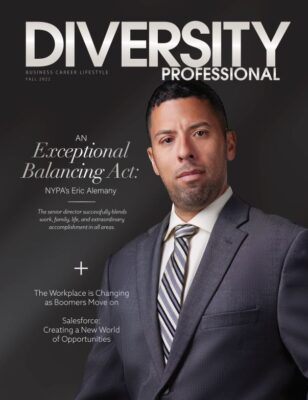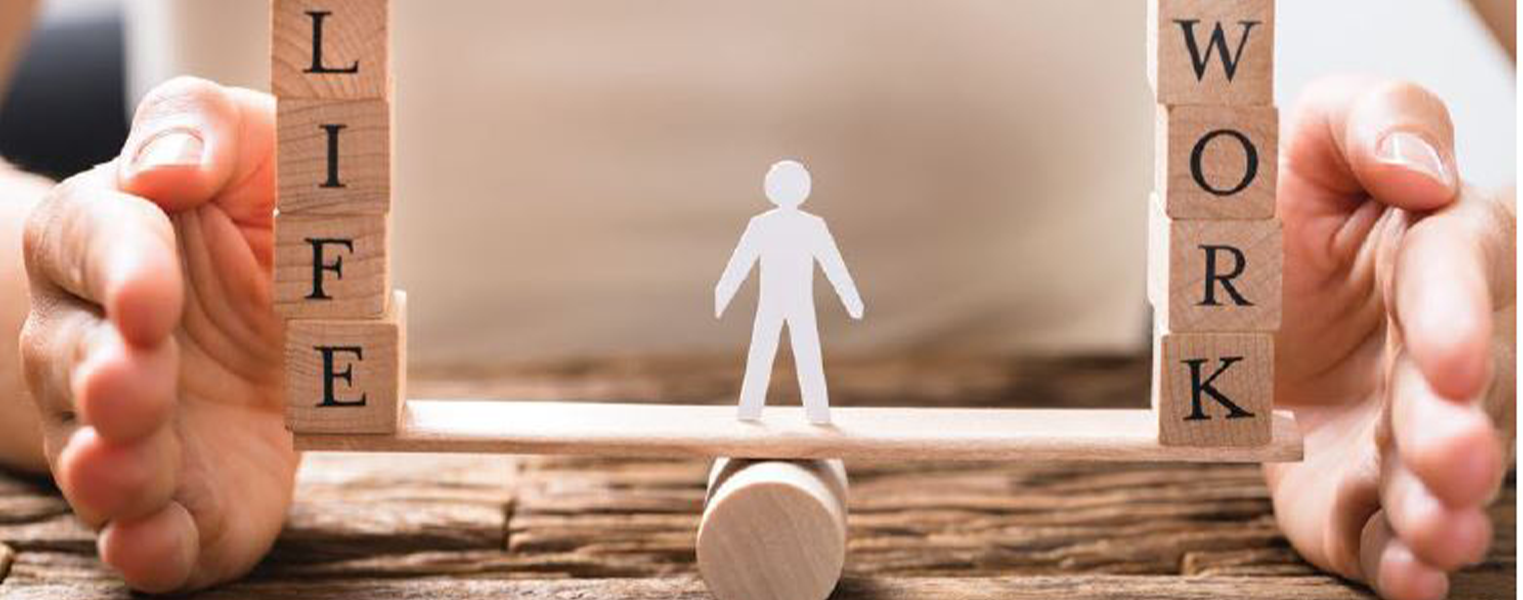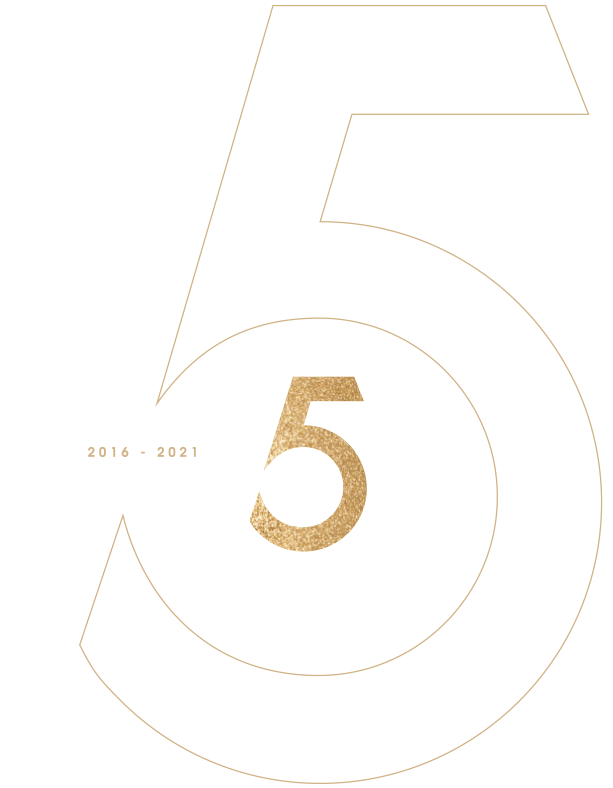5 Ways To Give Your Work-Life Balance A Tune-UP
Living and working in healthier and more balanced ways.
Work-life balance is a goal many professionals seek and often find illusive. This is even more true during the work-from-home mandate. At the start, many believed that they would have more hours to themselves, not spending their time commuting to work or dropping children at school. However, they soon found that instead they were using those hours to begin their workday earlier and end it later. The boundaries were no longer present. As work began pushing into their personal life, their personal lives began pushing back. Many professionals had to figure out how to focus on work when partners are working and/or children are being homeschooled in the same environment.
The result of this push and pull has created cognitive, emotional and physical pressure. Some cognitive signs are being unfocused, procrastinating or lower productivity. Emotional signs include feelings of anxiousness, nervousness or irritability. Physical signs may include stomach aches, headaches, fatigue or weight changes. Traditional approaches to work-life balance are hard to follow in a “Zoom” all-day work culture. Most strategies prior to COVID-19 did not anticipate how families and friends would be living and working/schooling together in the same space. With the end of the year past us, now is a good time to assess what you need to do to be more in balance in 2021.
Establish a Routine With Boundaries
Begin by doing a time audit. Over the course of the week, log in where you are spending your time, and on what, and make sure to note interruptions and how long they last. This will give you a very good idea about where your energy and focus are being spent, where you can make changes, and provides a realistic picture of how interruptions are impacting your day. From there, set boundaries—include a hard stop to your day, taking a full lunch hour as part of self-care, ending the day with a walk, or opting out of certain meetings so that you can focus on your work delivery and not extend your day to do so.
Create an Agreement With Others in Your Environment
Just like with work teams, it’s important to establish an agreement with those in your home environment. Together, map out how everyone will work or school around each other, establish quiet/no interruption zones and times, and decide how you will interact with each other, so everyone feels supported and taken care of. This team agreement can create a deeper bond and commitment to one another.
Practice Mindfulness
Research supports that mindfulness practices decrease stress while improving sleep, mood and focus. Commit to a daily mindfulness practice that allows you to be present-focused. This centering will alleviate the tendency to be future-focused (which often makes people feel anxious) or past-focused (which can make you feel regret or sadness). Mindfulness can include taking a walk and focusing on the sights and sounds around you. Or deep breathing exercises at the start of the day. It is any activity that gets you out of being on autopilot. Mindfulness allows you to experience your life in a deeper and richer way.
Practice Self-Compassion
The past year has placed an enormous amount of pressure on most of us. Work goals and priorities continue as professionals navigate the new ways of working along with other stressors. Many people are feeling stressed and not demonstrating a great deal of self-compassion for what they are managing. This is a time to be gentle with yourself. Be kind when you are unfocused, irritable or tired. Psychologist Kristin Neff, widely recognized as one of the world’s leading experts on self-compassion, states, “Having self-compassion means being able to recognize the difference between making a bad decision and being a bad person.” Demonstrating self-compassion helps you to understand that your worth is unconditional.
Focus Only on What You Can Control
When life is busy and stressful, we lock into trying to fix the uncontrollable. 2020 was the year to teach the lesson of letting go of what you cannot control. You probably cannot control how your customers behave or even how your team is responding to life right now. What you can control are your own intentions and actions. You can focus on who you want to be in this moment and how you want to align to your core values. Letting go of trying to control that which you cannot releases tension and gives you more energy to create, innovate and live your life with greater meaning and impact.
Feeling off-balance is a signal for change and a true opportunity to recenter and refocus your life so that you feel in alignment. Now is the time to reflect on what needs fine-tuning or a complete overhaul and commit to living and working in healthier and more balanced ways.









